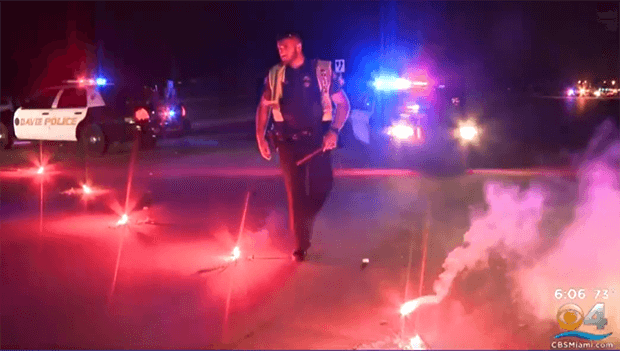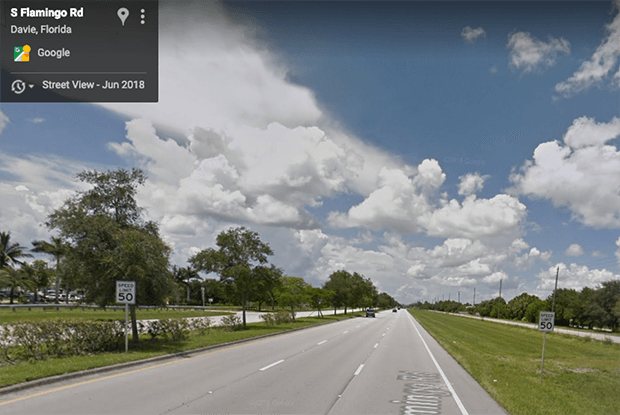Fatal Tesla Car Crash and Car Battery Still Burning A Day Later

Tesla Model S owner died in a fiery crash with the battery still burning a day later
In tragic circumstances, Omar Awan, a Tesla Model S owner died on Sunday, February 24 in a fiery crash near Davie, Florida and the car's Battery was still burning over a day later.
Police and fire services responded to the fatal crash but over a day later the emergency services were still trying to deal with the car’s damaged lithium-ion battery pack as it was repeatedly reigniting while sitting in the towing yard.
Mr Awan was driving on South Flamingo Road in Davie just north of Miami and Fort Lauderdale at about 4:30 pm local time when his 2016 Tesla Model S veered off the road for an unknown reason.
The police believe that Mr Awan may have overcorrected the steering and tragically lost control of the semi-autonomous car.
The self-driving car careered across three lanes on the highway before it crashed into trees in the median and according to reports bursting into flames.
Very sadly, Awan’s body was “burned beyond recognition” when it was finally removed from the vehicle. It's not yet known why the accident happened and if it was due to a technical flaw in the car or if Awan experienced a health issue that contributed to him losing control of the car.
 South Flamingo Road, Davie, Florida, near the site of a Tesla Model S crash, indicates the posted speed limit is 50 mph.
South Flamingo Road, Davie, Florida, near the site of a Tesla Model S crash, indicates the posted speed limit is 50 mph.
According to witnesses, the car was travelling at a high speed, of between 75 mph and 90 mph, even though the speed limit was just 50 mph. Tesla said in an emailed statement:
Unlike fires in crashes involving petrol or diesel powered cars which burn out rapidly, electric car battery packs can reignite due to the chemical inside the batteries.
Damaged electric car batteries can often reignite in chemical fires long after the initial combustion. This is obviously a grave danger to first responders and emergency services which attend these electric car crashes.
In the case of this particular Model S, the battery pack appears to have reignited at least three times since the accident according to reports.
Electric car battery fires is a growing concern for first responders all around the world and Tesla battery fires have also been an ongoing concern, notably in 2013 when the company strengthened the protective metal casing around the pack after a number of fires were ignited when the packs were damaged.
Tesla provides safety information and meets with first responders to help them deal with damaged Tesla’s.
Author

Justin Kavanagh
Justin Kavanagh is a recognised leader
in automotive intelligence and vehicle
data supply to the entire motor industry.
He has almost 20 years experience in
building systems from the ground up.
As the Managing Director of Vehicle
Management System, he understands the
need and importance of trustworthy and
reliable vehicle history and advice to
both the trade and the public.
Follow me on LinkedIn